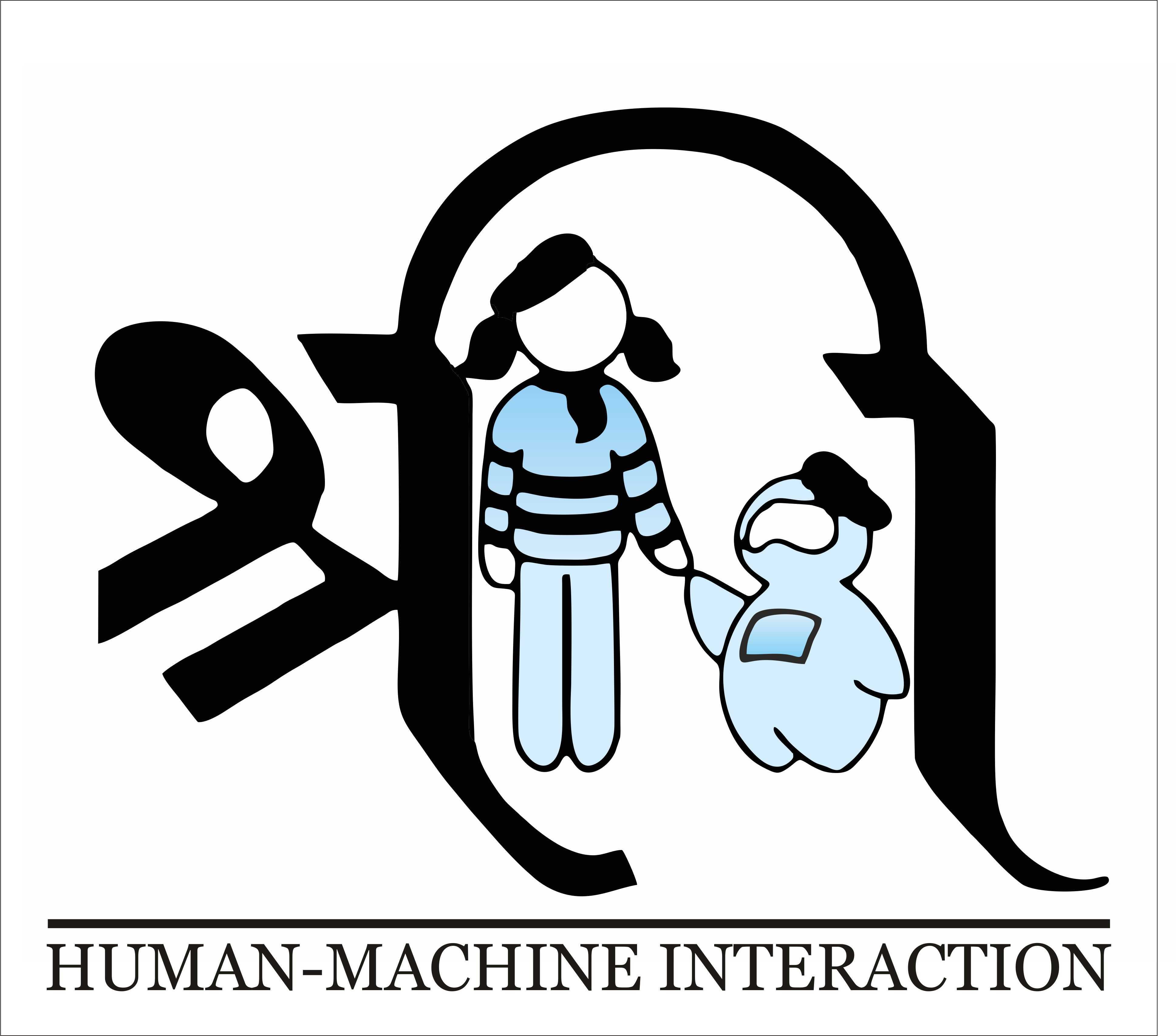Abstract
Developing human-like conversational agents is a prime area in HCI research and subsumes many tasks. Predicting listener backchannels is one such actively-researched task. While many studies have used different approaches for backchannel prediction, they all have depended on manual annotations for a large dataset. This is a bottleneck impacting the scalability of development. To this end, we propose using semi-supervised techniques to automate the process of identifying backchannels, thereby easing the annotation process. To analyze our identification module’s feasibility, we compared the backchannel prediction models trained on (a) manually-annotated and (b) semi-supervised labels. Quantitative analysis revealed that the proposed semi-supervised approach could attain 95% of the former’s performance. Our user-study findings revealed that almost 60% of the participants found the backchannel responses predicted by the proposed model more natural. Finally, we also analyzed the impact of personality on the type of backchannel signals and validated our findings in the user-study.
Team Members:
Vidit Jain, Maitree Leekha, Shahid Nawaz Khan
Faculty Supervisors:
Dr Jainendra Shukla, Dr. Rajiv Ratan Shah
Publication:
V. Jain, M. Leekha, R. R. Shah, and J. Shukla, “Exploring semi-supervised learning for predicting listener backchannels,” in Proceedings of the 2021 CHI Conference on Human Factors in Computing Systems, CHI ’21, (New York, NY, USA), Association for Computing Machinery, 2021. [CORE ranking: A*]
Khan, S. N., Leekha, M., Shukla, J., & Shah, R. R. (2020, September). Vyaktitv: A Multimodal Peer-to-Peer Hindi Conversations based Dataset for Personality Assessment. In 2020 IEEE Sixth International Conference on Multimedia Big Data (BigMM) (pp. 103-111). IEEE
